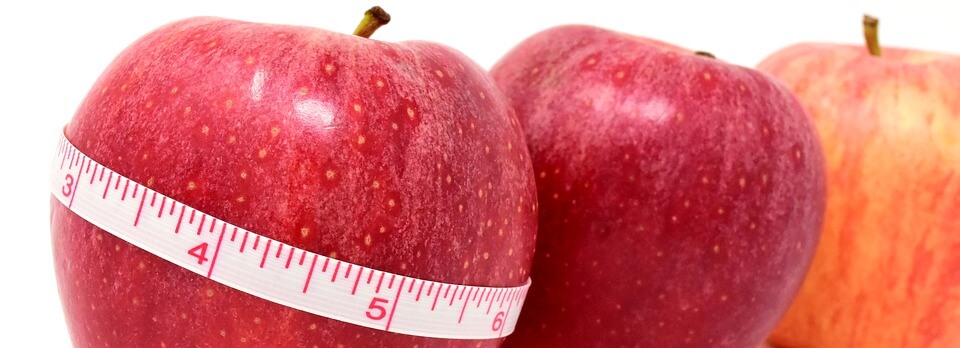Debates rage over how best to manage our diets. In truth, calories do little to portray the actual nutritional value of food, while it appears the assumption we can lose weight by consuming fewer calories the less we eat is also misplaced.
And yet, despite the persuasive arguments against calorie counting as a means to weight-control, it remains the de-facto approach for many seeking to get in shape.
Which leads to a conundrum in the food industry: how does one continue to appeal to customers who want great-tasting food, but need to keep their calorie counts low?

The actions sound obvious, but the effects illustrate the difficulty in pleasing a crowd.
Restaurants have come under increasing pressure to show the calorific value of food directly on their menus – particularly fast-casual food venues – forcing them to surface some ugly truths in the calorie-counters’ mind. But, while the hope was for educated consumers to opt for more calorie-conscious meals, the reality of the mandate is somewhat different.
Studies have found that – even when presented with the additional nutrition caloric information – consumers do little to adjust their eating habits.
Instead, the only visible effect is restaurants have now increased their efforts in offering lower calorie items. While this seems positive in principle, with consumers not actually altering their behaviour, the approach comes at a cost to suppliers arguably without providing any tangible; at least, not for the time being.
Customers merely eat from perceived-to-be more healthy menus but continue to eat the same high-calorie foods.
A secondary strategy of the industry is modifying portion size: if it is only the count that matters, then offering less is a sure-fire win. Moreover, given consumers often over-eat at mealtimes anyway – as well as snacking in-between – such a move must be positive.
However, with the public’s acute sense of value, reducing portion size frequently comes under heavy criticism. Still, as Public Health England weighs in on the debate by challenging the food industry to cut calories by 20%, all avenues need exploring.

As the calorie debate intensifies, 13 product categories will be under the 20% spotlight. They span items such as pizzas, ready meals, ready-made sandwiches, and processed meats and snacks.
This ramps up the pressure on manufacturers and retailers, who will now have to invest in reformulating recipes as much as remarketing healthier options. In an industry where margins are often thin – particularly on high-volume products – the calorie-cutting mission could well have an adverse effect on budgets.
Whether the squeeze will lead to job cuts remains to be seen. However, we must assume the risk given the size of the task at hand.
Presciently, food industry leaders still support the change, appreciating the role they must play; particularly in combatting endemic issues such as childhood obesity. Cutting the sugar content of many products was a first-step in the battle – but adopting a more holistic, calorie-reduction strategy seems to be an equally popular approach.
After 12 years’ experience within the industry predominantly focusing on Operations and Supply Chain, founding The Sterling Choice has provided me with the opportunity to take a step ba...